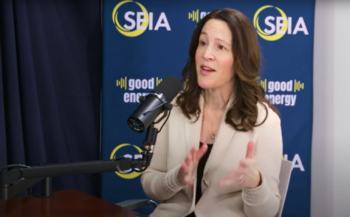about
Solar Technologies
There are three main ways to harness solar energy: photovoltaics, solar heating & cooling, and concentrating solar power.
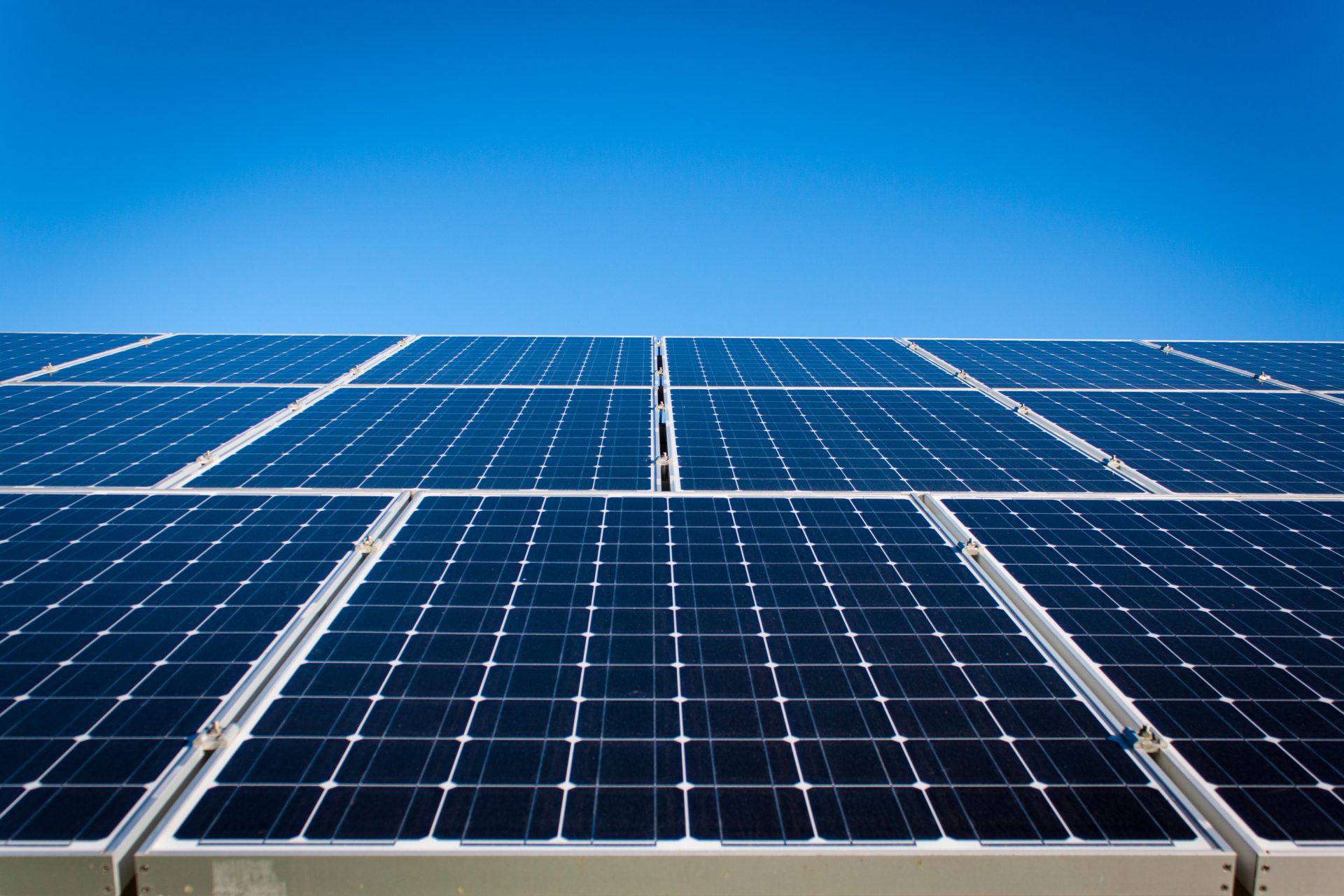
Photovoltaics
Photovoltaic (PV) devices generate electricity directly from sunlight via an electronic process that occurs naturally in certain types of material, called semiconductors.
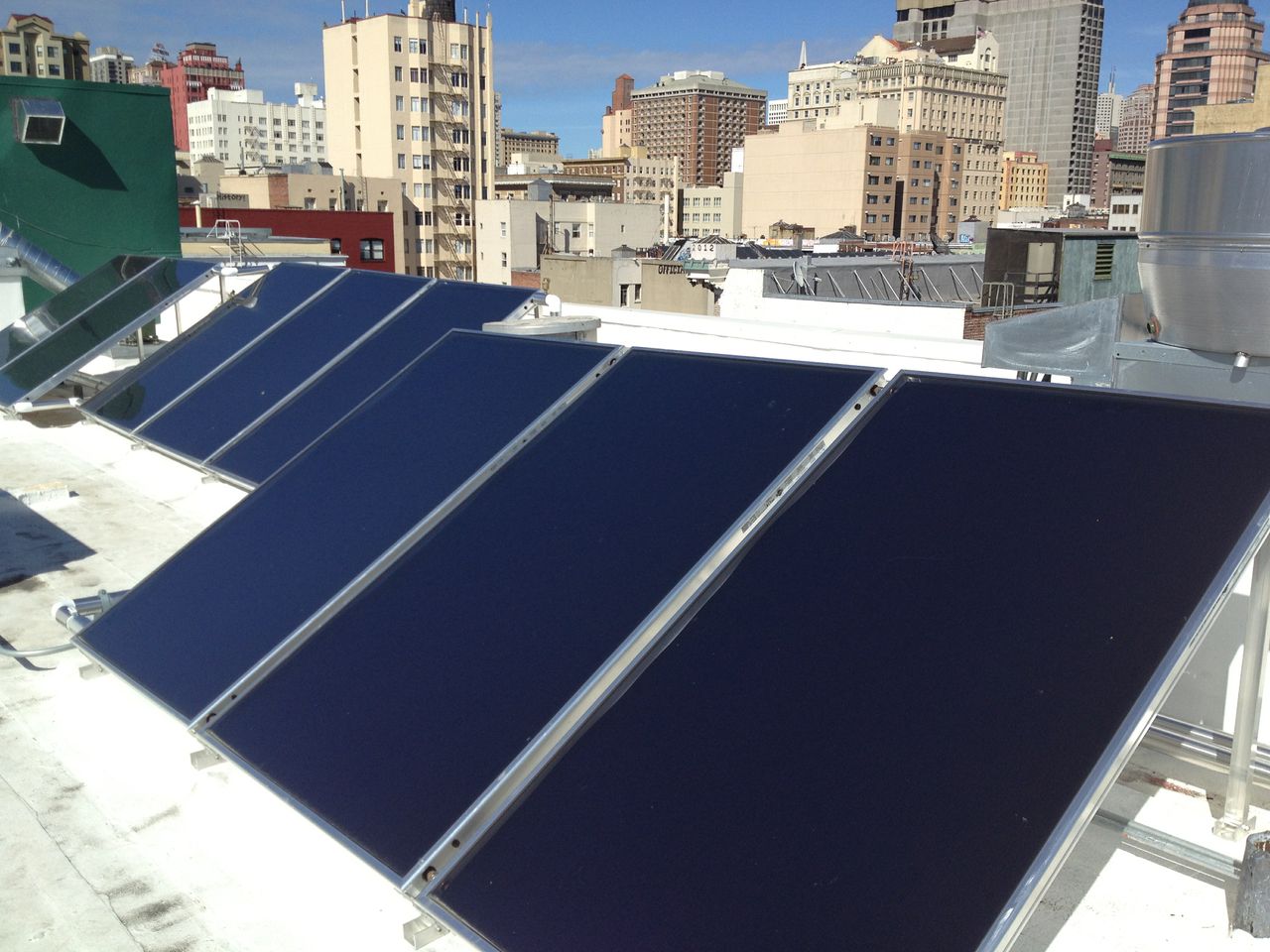
Solar Heating and Cooling
Solar heating & cooling (SHC) technologies collect the thermal energy from the sun and use this heat to provide hot water, space heating, cooling, and more.
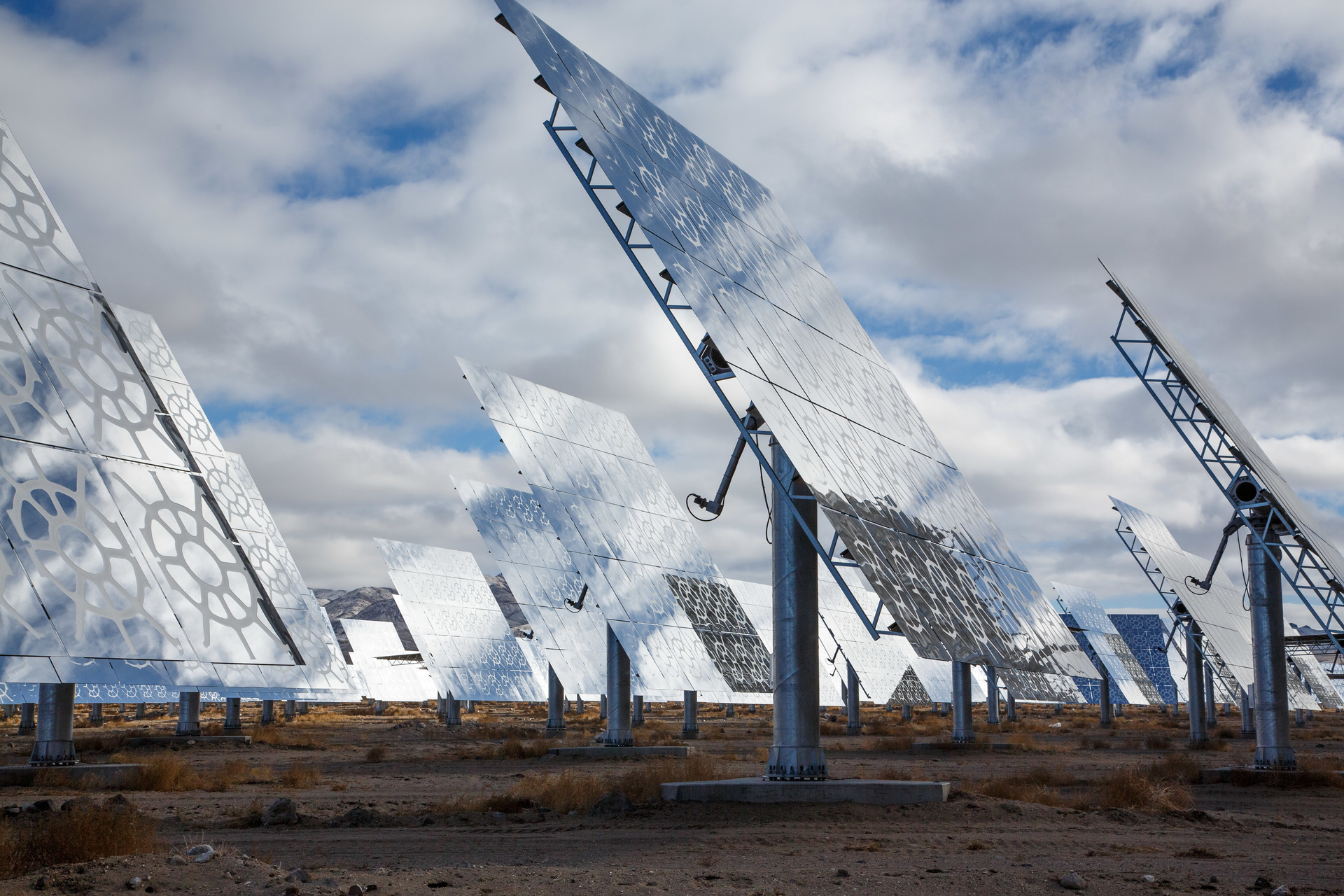
Concentrating Solar Power
Concentrating solar power (CSP) plants use mirrors to concentrate the sun's energy to drive traditional steam turbines or engines that create electricity.
How solar is used
Solar energy is a very flexible energy technology: it can be built as distributed generation (located at or near the point of use) or as a central-station, utility-scale solar power plant (similar to traditional power plants). Both of these methods can also store the energy they produce for distribution after the sun sets, using cutting-edge solar + storage technologies. Solar exists within a complex and interrelated electricity system in the U.S., working alongside other technologies like wind power to transition the U.S. to a clean energy economy.
All of these applications depend on supportive policy frameworks at the local, state, and federal level to ensure consumers and businesses have fair access to clean energy technologies like solar.

research
The Solar Market Today
There are more than 200gigawatts (GW) of solar installed in the U.S., enough to power 36.1 million homes. Over the last decade, the solar market in the United States has grown at an average rate of 25% each year. There are more than 4.8 million individual solar installations in the U.S., ranging from small home rooftop systems to large utility-scale systems that add hundreds of megawatts of clean electricity to the power grid.
Read More ->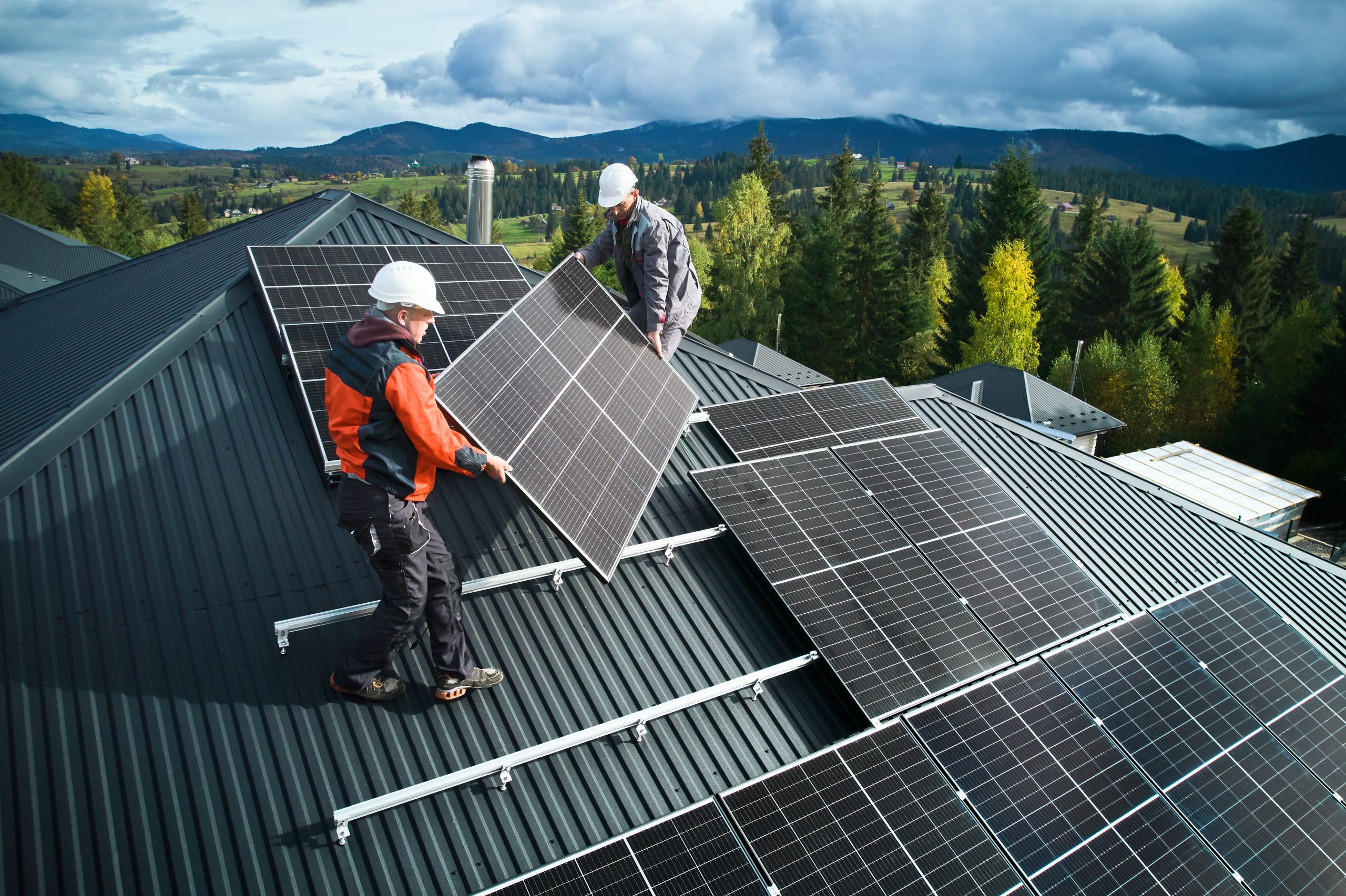
get informed
Resources for Solar Customers
If you're looking to install solar on your home or business, SEIA has a variety of resources to guide you through the process. Browse our customer portal to learn more about your options, what to look for in an offer, questions to ask a solar company, your rights as a consumer, and more.
Going solar is a major purchase and you should have a clear understanding of all the solar options available to you before you make a decision for you and your family. Use this guide to get started on your path to going solar.

This guide explains the basics of solar energy, your solar options, and the right questions to ask solar professionals before making this important decision.
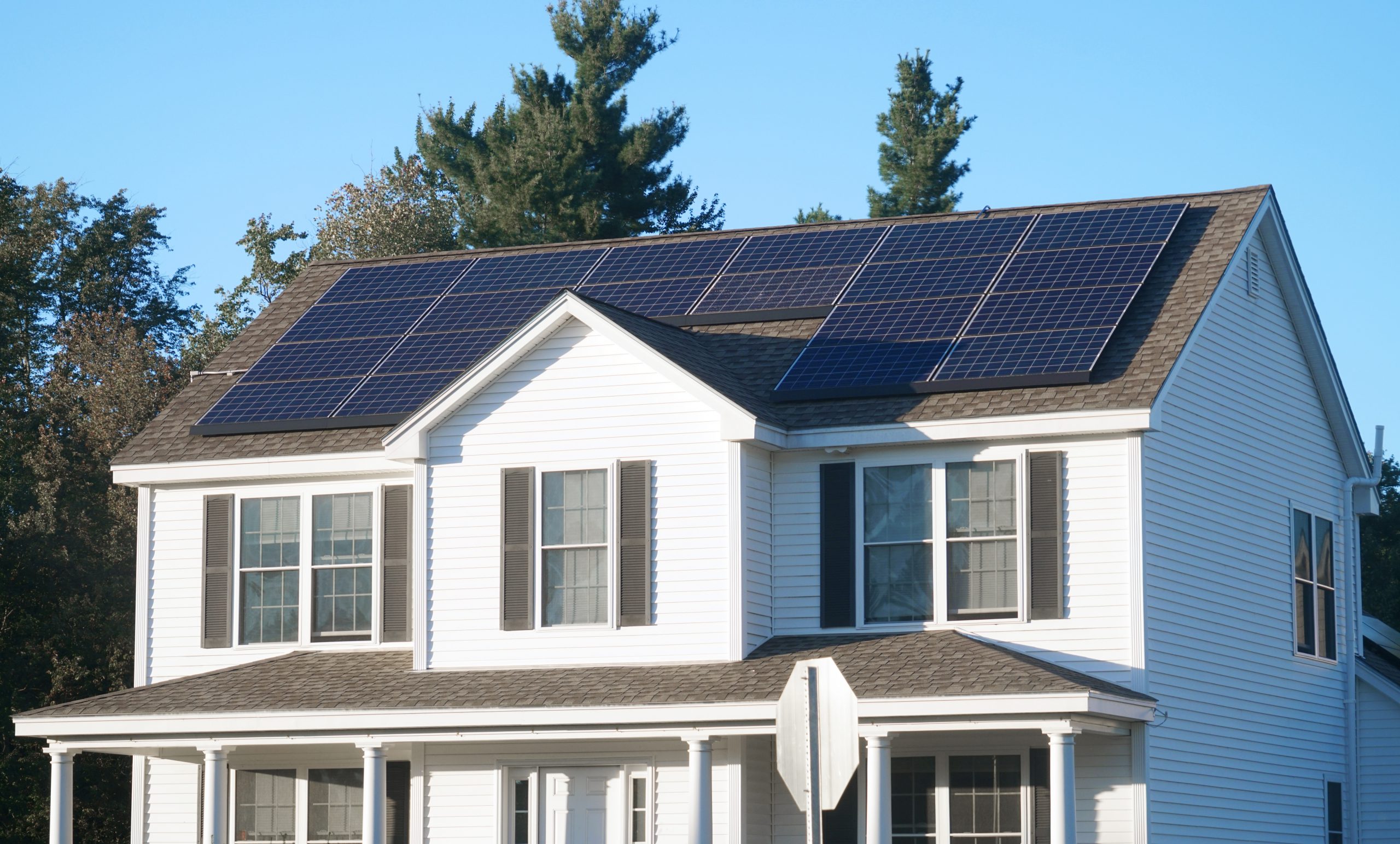
This resource provides a guide on what homeowners need to know about the federal solar tax credit for residential solar energy systems.
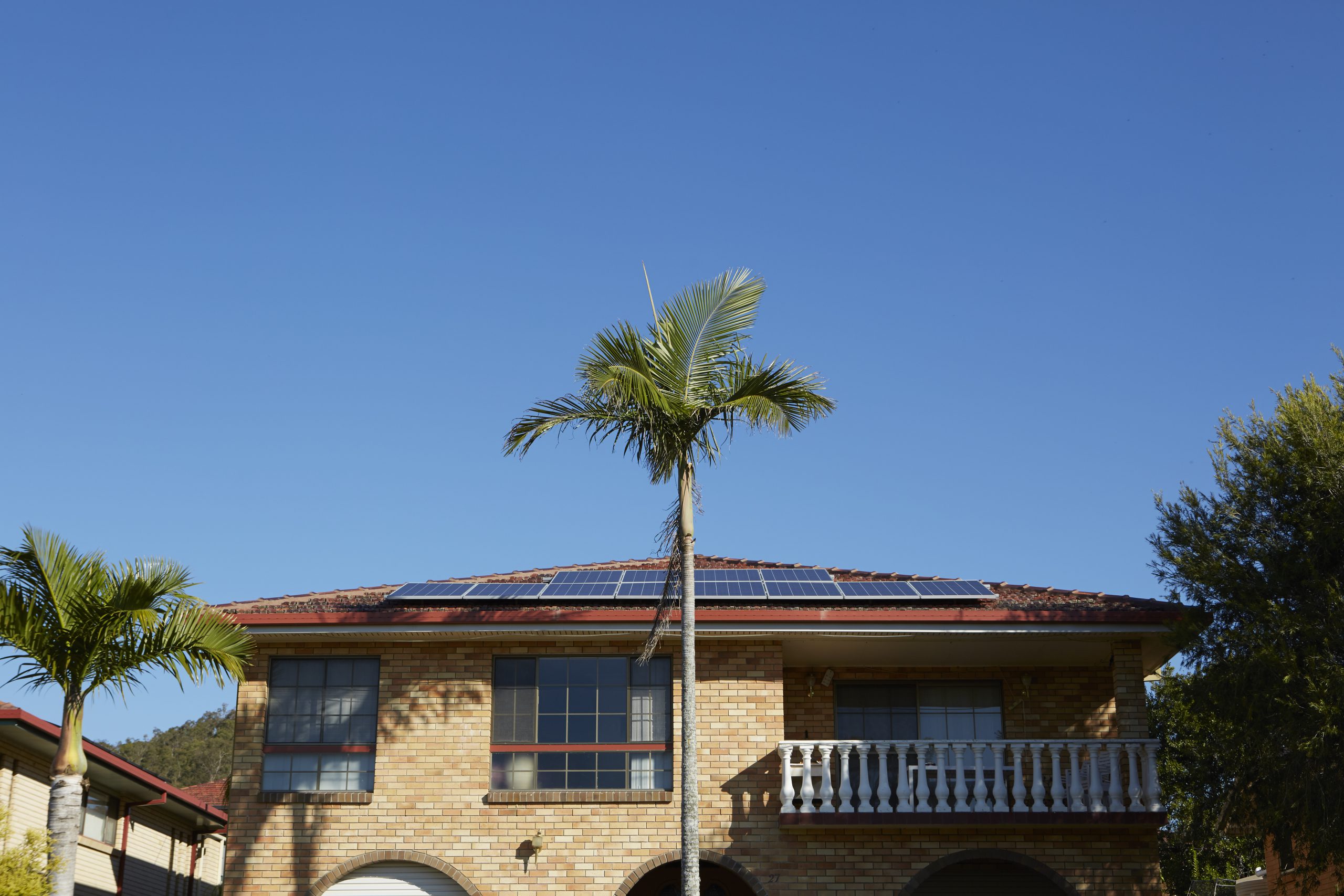
The heart of SEIA’s consumer protection work is the voluntary SEIA Solar Business Code. The Code was formally adopted by SEIA in 2015 and all SEIA member companies must abide by the Code.

La transición a la energía solar es una decisión importante. Si comprende los principios básicos de la energía solar, conoce sus opciones en materia de energía solar y sabe realizar las preguntas correctas a los especialistas en el tema, estará bien posicionado para tomar las decisiones correctas.

learn more
IRA: Everything You Need to Know
The historic Inflation Reduction Act contains numerous provisions to invest in the solar and storage industries in the United States. SEIA has all of the resources you need to understand this complex policy.
Read More ->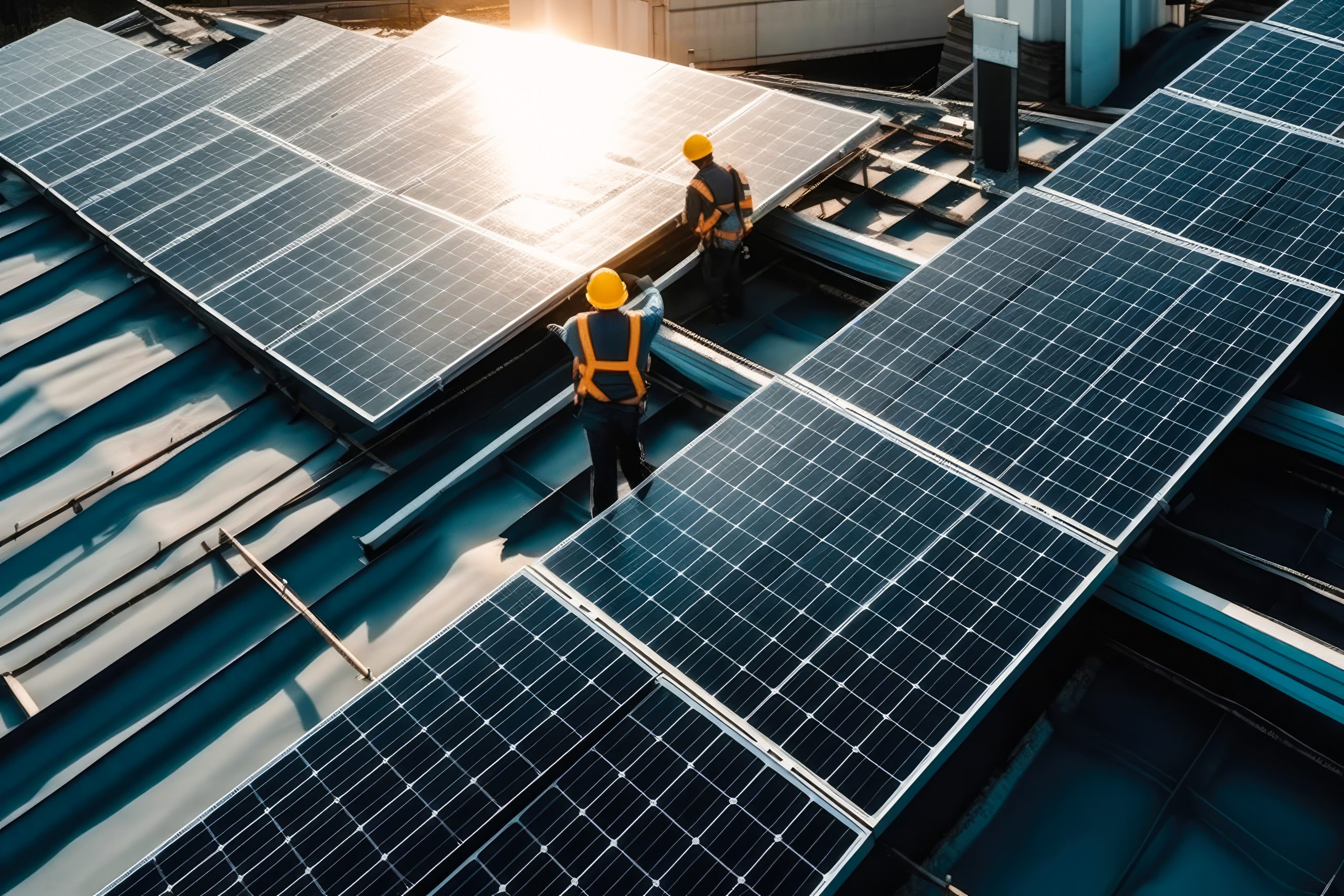
Interested in State Solar Data?
Check out SEIA’s state-by-state solar map
Solar FAQs
While solar is comprised of a diverse suite of technologies, there are three main types: photovoltaics (PV), solar heating & cooling (SHC), and concentrating solar power (CSP). Solar heating & cooling systems are typically installed on residential or commercial properties, while CSP is only used for large utility-scale power plants. PV technology can be harnessed both at utility-scale levels as well as in distributed generation on homes and businesses.
PV panels directly produce electricity from sunlight, while CSP and SHC technologies use the sun’s thermal (heat) energy to change the temperature of water and air. PV panels have no moving parts, and use an inverter to change the direct current (DC) power they produce to usable alternating current (AC) power. SHC technologies are often used to heat water for domestic or commercial use, but can also be used to heat or cool the air in buildings.
Most concentrating solar power systems use concentrated sunlight to drive a traditional steam turbine, creating electricity on a large scale.
Check out SEIA’s solar glossary on our Online Learning Platform.
Photovoltaic panels can use direct or indirect sunlight to generate power, though they are most effective in direct sunlight. Solar panels will still work even when the light is reflected or partially blocked by clouds. Rain actually helps to keep your panels operating efficiently by washing away any dust or dirt. If you live in an area with a strong net metering policy, excess energy generated by your panels during sunny hours will offset energy that you use at night and other times when your system isn’t operating at full capacity.
In a solar lease or solar power-purchase agreement (also known as a “PPA”), a customer pays for the solar power system over a period of years, rather than in an up-front payment. In a solar lease, customers can purchase solar for little or no money down, and can often realize energy savings immediately. In a power-purchase agreement, a customer agrees to purchase all the energy from a solar system over a fixed period of time. Read more about solar leases and PPAs on our third-party financing page.
SEIA has developed standardized model contracts for a variety of solar financing options, including leases and PPAs. We encourage our companies to use these templates to make the process of shopping for solar as easy as possible.
The solar Investment Tax Credit (ITC) is one of the most important federal policy mechanisms to support the growth of solar energy in the United States. Since the ITC was enacted in 2006, the U.S. solar industry has grown by more than 200x – creating hundreds of thousands of jobs and investing billions of dollars in the U.S. economy in the process. SEIA has successfully advocated for multiple extensions of this critical tax credit, including successful passage of the Inflation Reduction Act in August 2022. SEIA also fought for successful passage of many other important tax measures in the IRA, including adding energy storage to the ITC, creating solar manufacturing tax credits, and ensuring interconnection costs are a qualified expense for solar projects under 5 MWac.
Quick facts
- The ITC is a 30 percent tax credit for individuals installing solar systems on residential property (under Section 25D of the tax code).
- The Section 48 commercial credit can be applied to both customer-sited commercial solar systems and large-scale utility solar farms. The rate is effectively at 30% until Treasury issues guidance on new wage and apprenticeship standards. Two months later, the rate will be at 6%, with an additional 24% (for a total of 30%) available for meeting these new labor standards.
- Ten percent “adder” credits are also available for section 48 projects that meet wage and apprenticeship requirements. One credit is for utilizing domestic content on projects, another is for siting in energy areas. Additionally, applicants may seek 10 or 20 percent “adders” for building in certain low-income areas. More detail on these adder credits can be found here, as well as a detailed summary for SEIA members here.
- Commercial taxpayers may now also choose a Production Tax Credit (PTC) for solar instead of an ITC. The PTC rate is 1.5 cents (adjusted for inflation, it is presently 2.6 cents). The full value of the PTC is effective until Treasury issues guidance on new wage and apprenticeship standards. Two months later, the underlying rate will be at .3 cents, with an additional 1.2 cents (for a total of 1.5 cents) available for meeting labor standards.
- The residential and commercial solar ITC has helped the U.S. solar industry grow by a factor of more than 200x since it was implemented in 2006, with an average annual growth of 33% over the last decade alone.
- Eligibility for the Section 48 ITC is based on a “commence construction” standard. The IRS issued guidance in June 2018 that explains the requirements taxpayers must meet to establish that construction of a solar facility has begun for purposes of claiming the ITC. Note that commence construction does not apply to section 25D residential solar.
- The 2022 extension of the ITC has provided market certainty for companies to develop long-term investments that drive competition and technological innovation, which in turn lowers energy costs for consumers.
In addition to the federal ITC, many states, counties, municipalities and utilities offer rebates or other incentives for solar energy technologies. Your installer will be able to provide the most up-to-date information on solar incentives. The Database of State Incentives for Renewables & Efficiency (DSIRE) has a comprehensive list of solar incentives by state, as well as more information and maps showing solar policies across the U.S. In addition, SEIA partner Solar-Estimate.org has a page that lets you search for local rebates and incentives that might be available to you.
As solar becomes a more significant piece of the U.S. energy generation mix, it is important to understand just how many homes a megawatt of solar capacity can power. Check out SEIA’s What’s in a Megawatt page, where we share how SEIA estimates the number of homes powered per megawatt of installed solar capacity, both photovoltaic (PV) and concentrating solar power (CSP), and the variables that need to be considered in this calculation.
Check out SEIA’s Major Solar Projects List! This database complies a comprehensive list of all ground-mounted solar projects, 1 MW and above, that are either operating, under construction or under development. The list is for informational purposes only, reflecting projects and completed milestones in the public domain. The information in the list was gathered from public announcements of solar projects in the form of company press releases, news releases, and, in some cases, conversations with individual developers. It is not a comprehensive list of all utility-scale projects under development. This list may be missing smaller projects that are not publicly announced.





